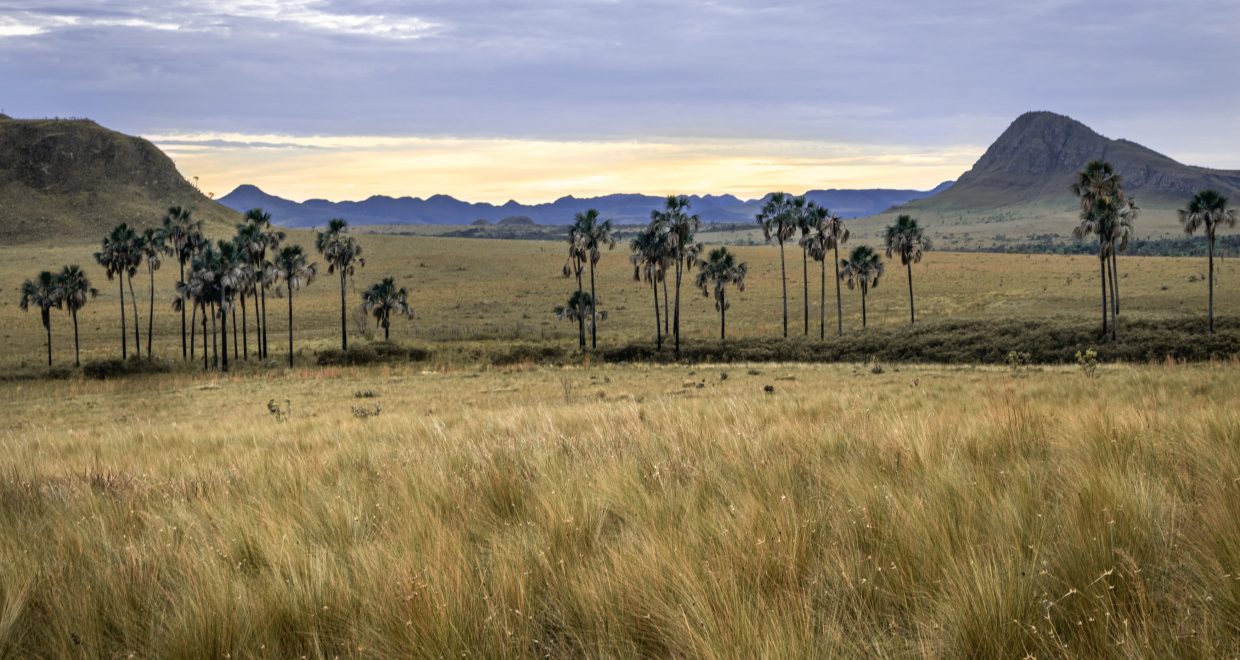How bot flies affect mouse opossums, and how climate change can make it worse
The latest Paper of the Month for Parasitology is ‘The impact of botfly parasitism on the health of the gracile mouse opossum (Gracilinanus agilis)
by Emerson Vieira
Two of the researchers associated with my lab, Priscilla L. Zangrandi, a PhD student at that time, and André F. Mendonça, a postdoc researcher, were in the field collecting multiple body parameters of the gracile mouse opossums (Gracilinanus agilis), aiming to test ecological and physiological hypotheses related to food availability, seasonal stress and reproduction. These animals occur only in the Brazilian Cerrado, the most diverse and highly threatened savanna in the world. As their name suggests, they are small (about the size of house mice), more agile and certainly more gracious than their more popular cousins, the common opossums.
Priscilla and André started to notice that some of the animals with the lowest values of haemoglobin and haematocrit (two of the parameters they were measuring) were infested by warble bot flies (Cuterebra apicalis). These parasites are far from being what would be considered by anyone a ‘nice animal’. They cause myiasis, a skin infestation in which a larva (maggot) develops inside a furuncle. The larvae hatch in the presence of the host from eggs laid on the environment and enter through the mouth or eyes, migrate through the body and settle under the skin. After weeks feeding on the host’s tissues and breathing through a skin pore, the mature larva leaves the host and pupates in the soil. The warbles are disgusting and easily recognized in the host body (Fig. 1). Despite this repulsive aspect, it is possible that bot flies not necessarily harm severely their hosts, only causing temporary discomfort. On the other hand, neotropical bot flies are more commonly known to infest rodents, so perhaps a marsupial would not be a typical host and, because of that bot flies might cause more pronounced negative effects.
We evaluated the potential effects of several sources of variation on the health condition of free-living mouse opossums and their possible interactions with the effects of bot fly occurrence. These sources included resource availability, climatic seasons, sex, and daily climatic variables. The fieldwork for testing that was not easily accomplished, it included bimonthly trapping of animals during 2 years in four different sites. We evaluated potential effects of resource availability, by providing additional food in two of these sites every 2–3 weeks, placing >200 kg of milled cat food in 109 feeders.
We observed that in fact haemoglobin concentration decreased in parasitized animals. Moreover, maximum daily temperature and humidity (but not seasonality or food supplementation) were important for describing the variation in haemoglobin concentration. We concluded that the effect of dehydration interacts with the parasite-induced anaemia, causing the worst health condition during the driest days.
Undetected health variation may be critical for the maintenance of mammals in small patches, due to reduced population sizes. Since body condition itself may not be sufficient for the assessment of bot fly effects on small mammals, the analysis of blood parameters is necessary to evaluate such effects. Moreover, bot fly parasitism has the potential to become a major effect on small populations in the face of climate change towards the occurrence of more days under drought conditions.

The paper ‘The impact of botfly parasitism on the health of the gracile mouse opossum (Gracilinanus agilis)
is available free for a month.






